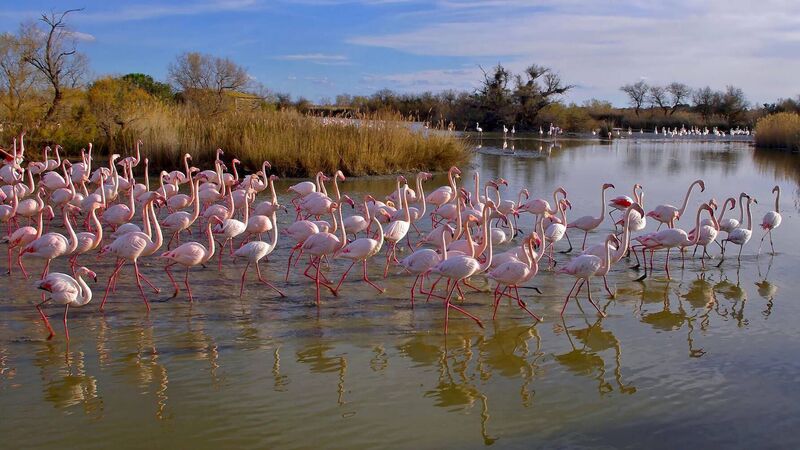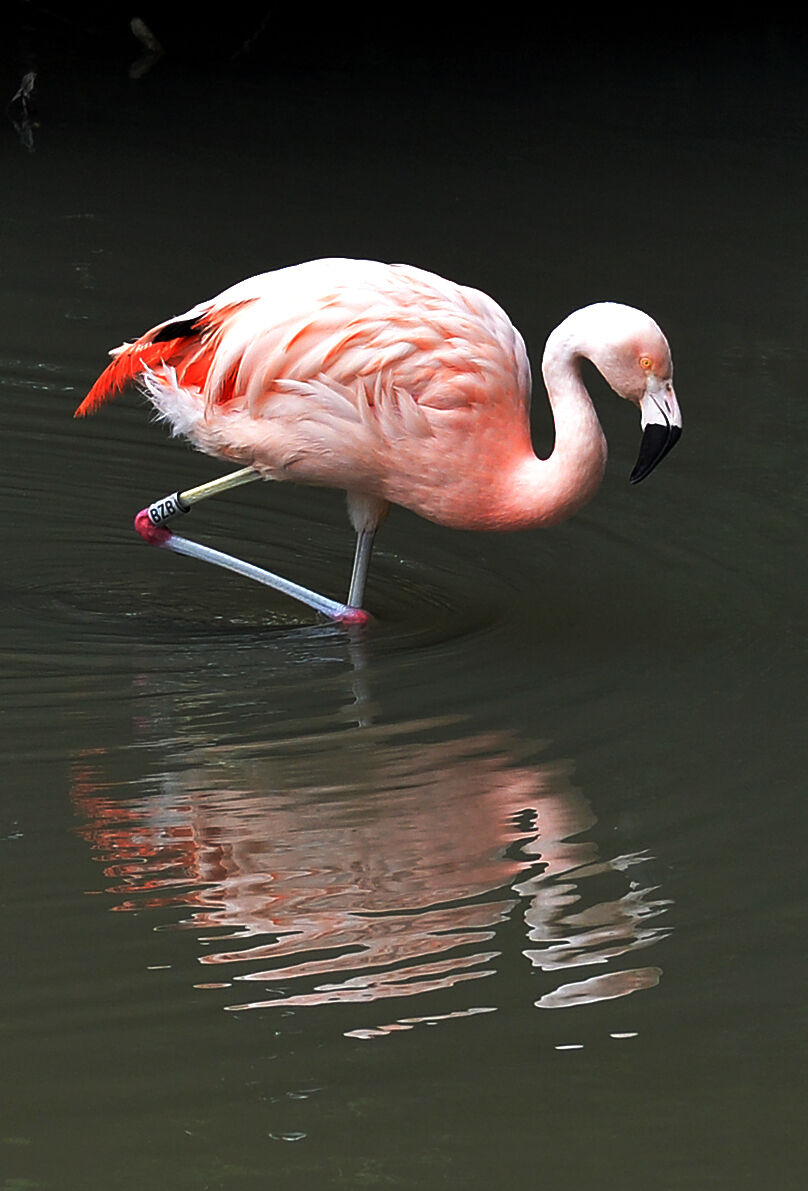Migration and aging link revealed by long-term flamingo study

The Camargue — famous throughout the world for its pink flamingos, rose coloured sea, wild horses and sandy beaches. Picture: Comite Regional Tourisme PACA
— Andrew Marvell
We are living longer. The life expectancy of an Irish male increased, on average, by eight years between 1990 and 2020. A female’s increased by six.
Living forever would soon become unbearable, but nobody wants to die just yet. We can’t slow time’s ‘winged chariot’ down but, according to a paper just published, there’s an exotic European bird that can do so.
The Camargue is a 930 km2 area between the two arms of the Rhone Delta. The Ètang de Vaccarés, the world famous wetland at its centre, is an austere expanse baked in blistering summer sunlight and swept by biting winds in winter. Its most famous residents are white horses, introduced by the Romans, and flamingos which feed on the brine shrimp of its brackish lagoons.
Flamingos are famously long-lived. Some survive for up to 50 years in the wild, and a captive one lived for at least 83 years in Adelaide Zoo.
These ‘flame birds’ of the Camargue have been studied for more than 44 years. Ringing shows that some of them migrate annually to wetlands around the Mediterranean and North Africa. Others remain at the Camargue throughout the year. Now, researchers from the Tour de Valat research institute have discovered something extraordinary... the rate at which a flamingo ages seems to depend on whether it migrates or not.
There are obvious advantages to a bird’s remaining at home. Fed and found in a secure protected area, a resident flamingo has excellent survival prospects. But things can get a bit crowded at home, leading to competition for resources, especially when nesting.
By flying off into the great unknown, a bird avoids the crowds. But it runs the gauntlet of hunters predators and the vagaries of weather. Travel is energy-demanding and getting lost could mean starvation.
Ringing has revealed that the two groups have differing survival prospects. Stay-at-home flamingos prosper at first. They fare better than migrant ones and reproduce more successfully in their early years. But their good fortune doesn’t last. They age more rapidly as they get older and produce fewer young each year.

The ones that migrate have it tough initially — they are at a greater risk of early death than their sedentary counterparts. However, their survival prospects improve with age and their ability to reproduce remains strong.
This seems like a classic case of chickens coming home to roost, with the price of youthful profligacy being exacted later in life.
But ‘time and tide wait for no man’ (or woman), so how can aging be slowed down or speeded up?
There seems to be a trade-off in which the energy and resources expended on migration lead to a slower rate of decline in later life.
The researchers say: "Overall, our study indicates the critical impact of migration on survival and reproduction throughout life."
Is this the case with other bird species? Could it be true also of some vertebrates? Do human frequent fliers accumulate the somatic equivalent of ‘air miles’?
- Hugo Cayuela et al. Migration shapes senescence in a long-lived bird. Proceedings of the National Academy of Sciences. 2025







